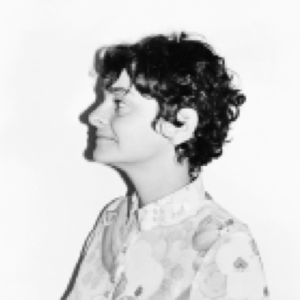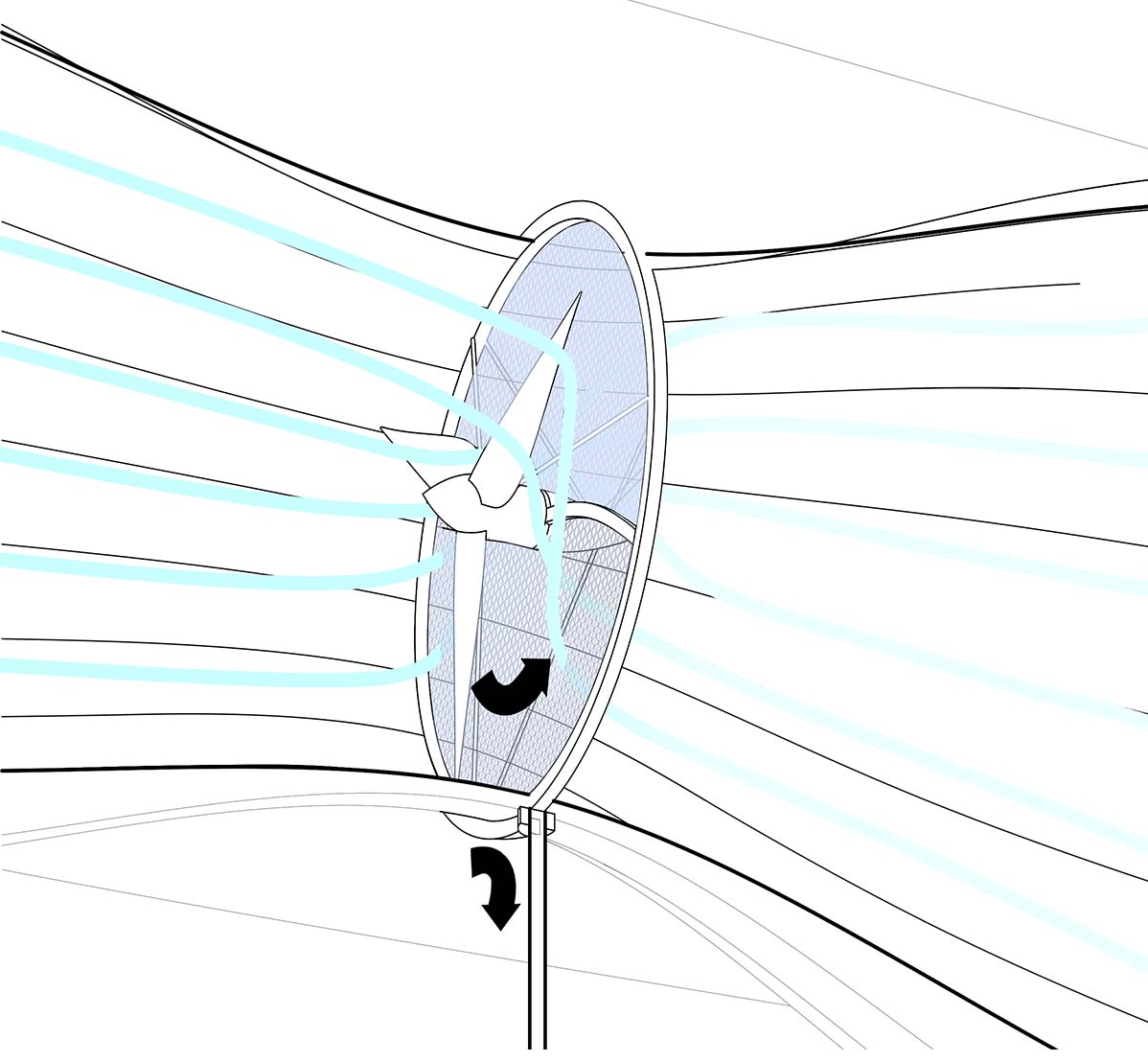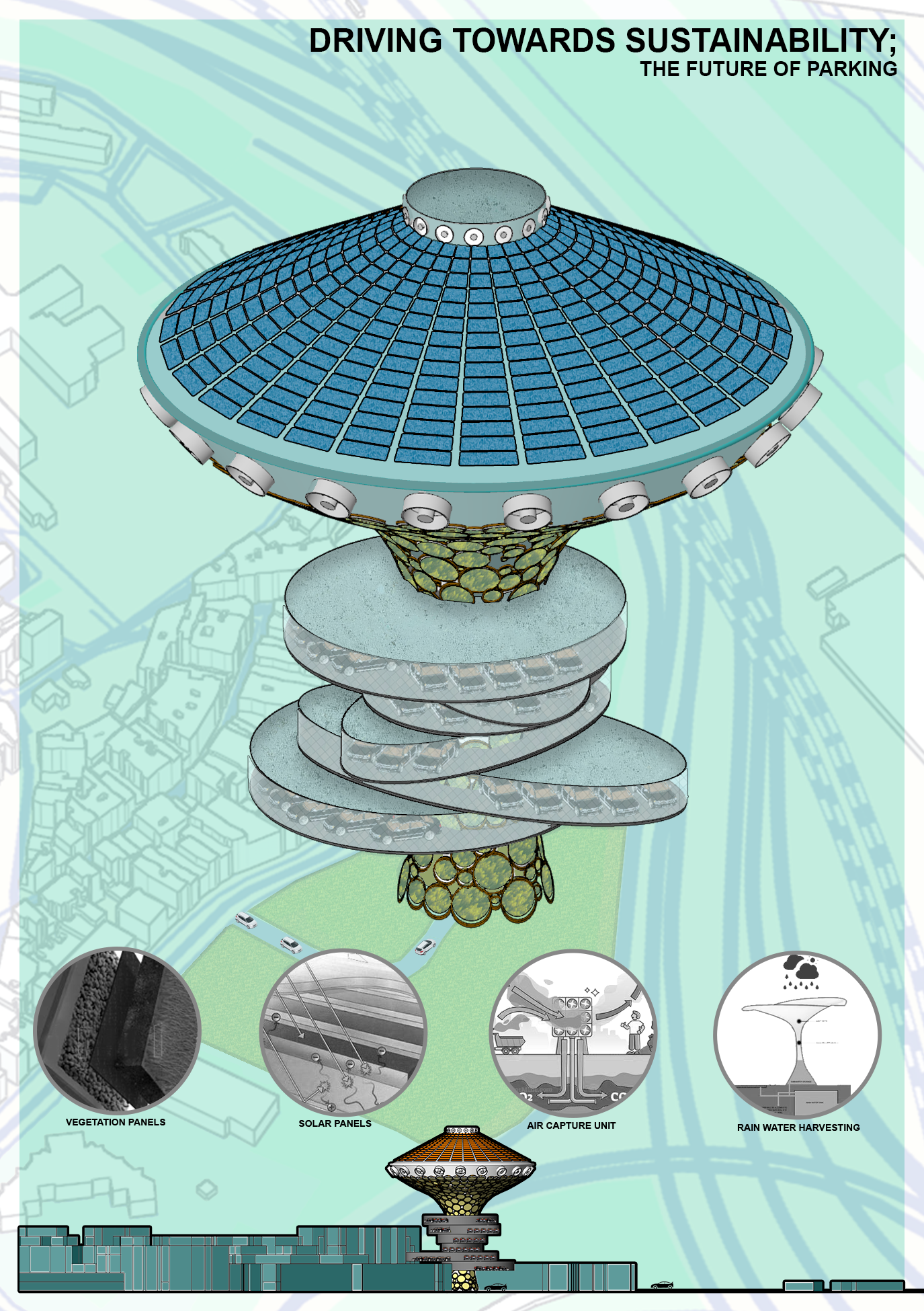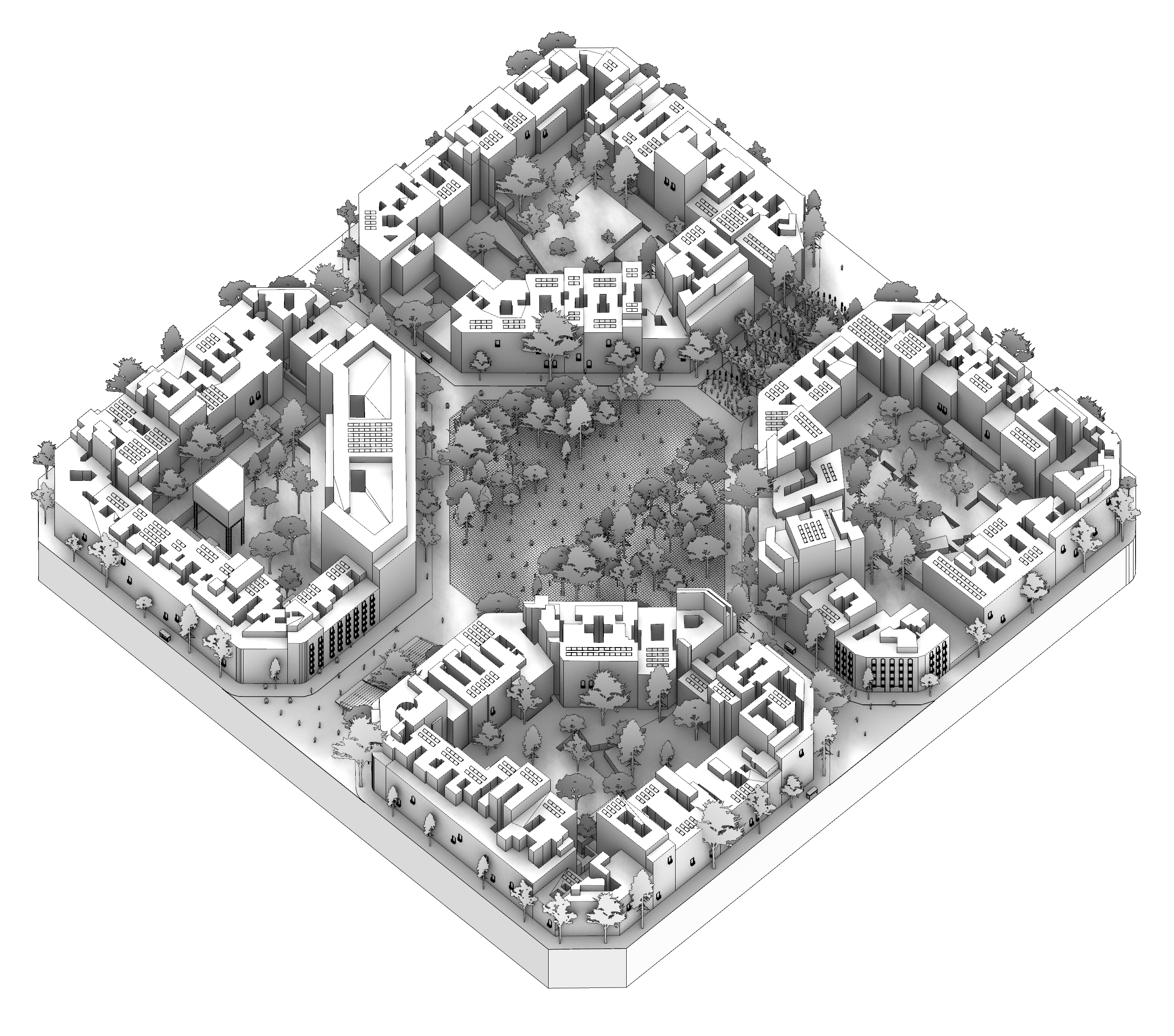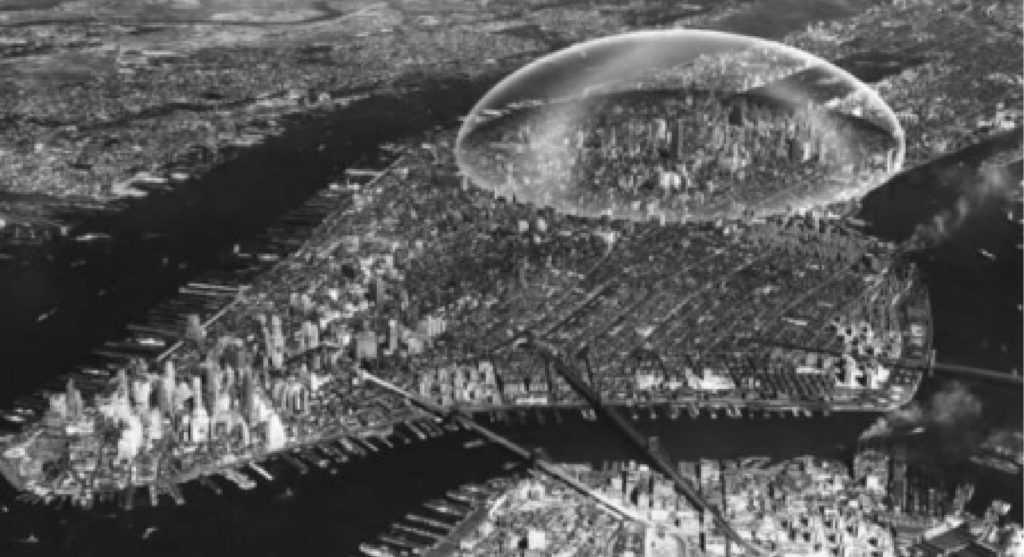
Credits: Dome Over Manhattan, 1959, Buckminster Fuller and Thomas C. Howard
The emissions of CO2 have increased exponentially from the First Industrial Revolution, specially over the past 10 years. At this moment, the scientific community considers the possibility that we have already passed the point of no return, that one beyond which not even the most effective and radical measures would afford.
It seems clear that small interventions based on the “think local-act global” slogan do not have enough impact to produce a balance: If we want to keep a viable space for living we must start thinking of planified interventions of the magnitude of the problems that we face. The seminar will develop speculative approaches to face Global Warming from an architectural point of view. Based on the latest technological and scientific studies in Climate Intervention, we will develop multidisciplinary proposals in the built environment that will deal with issues such as the reduction of emissions of CO2, the management of solar radiation, the creation o clean energies or the control of nuclear waste, and at the same time we will be discussing on geopolitical analysis, the relationship between private companies and public welfare or the ethical codes and. controversies that these kind of interventions are certainly producing nowadays.

Credits: SeaO2 farms, Speculative Landscapes Seminar, MAA01 2021/22
Learning Objectives
At course completion the student will:
- Have an approach to contemporaneous ecology thinking;
- Read and understand a complex system that calls a multiplicity of agents involved in it: regulations, human, non human, molecular, chemical, physical, etc.;
- Use architecture as a design tool for creating viable futures;
- Communicate through drawings a complex situation.



